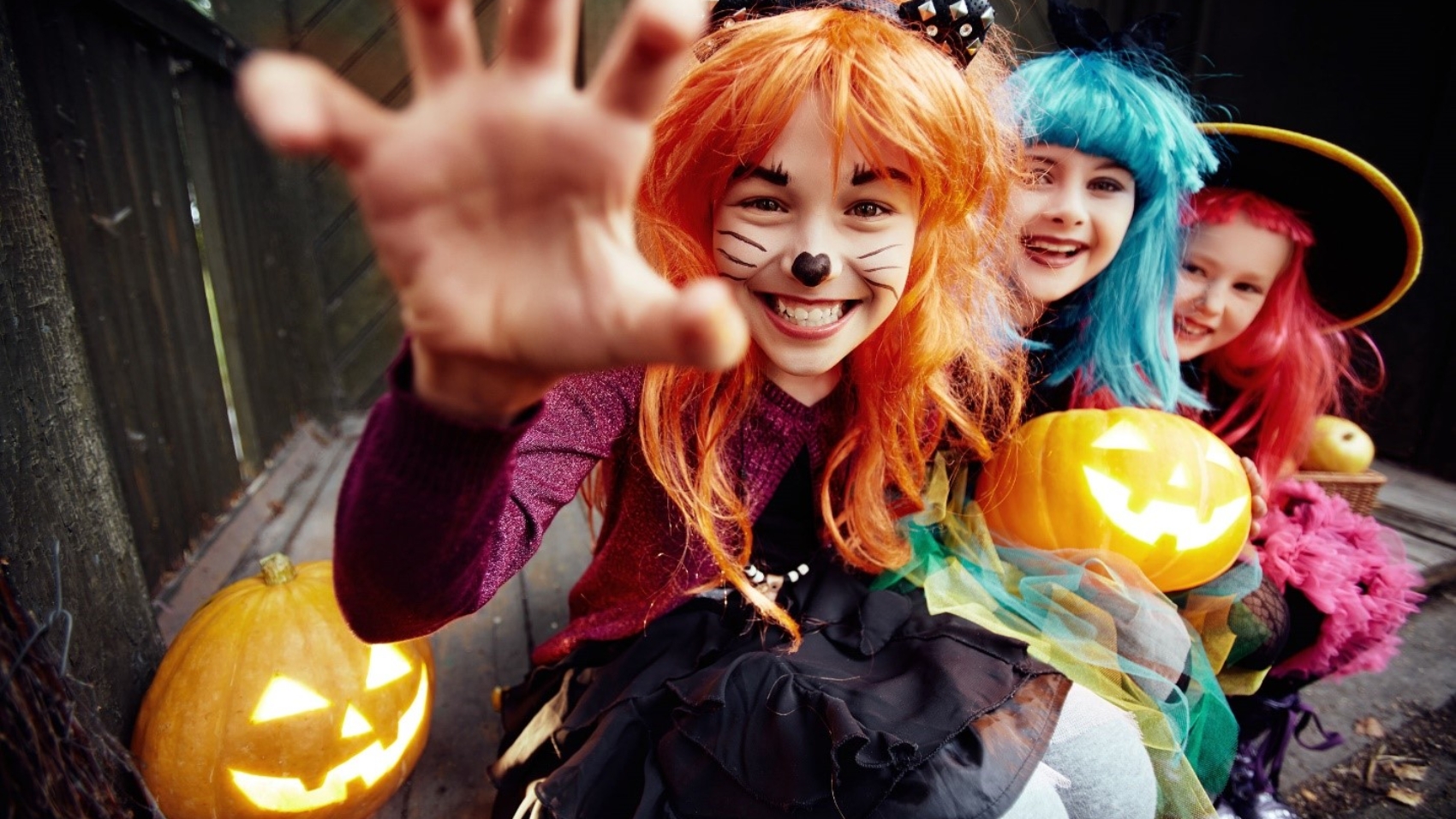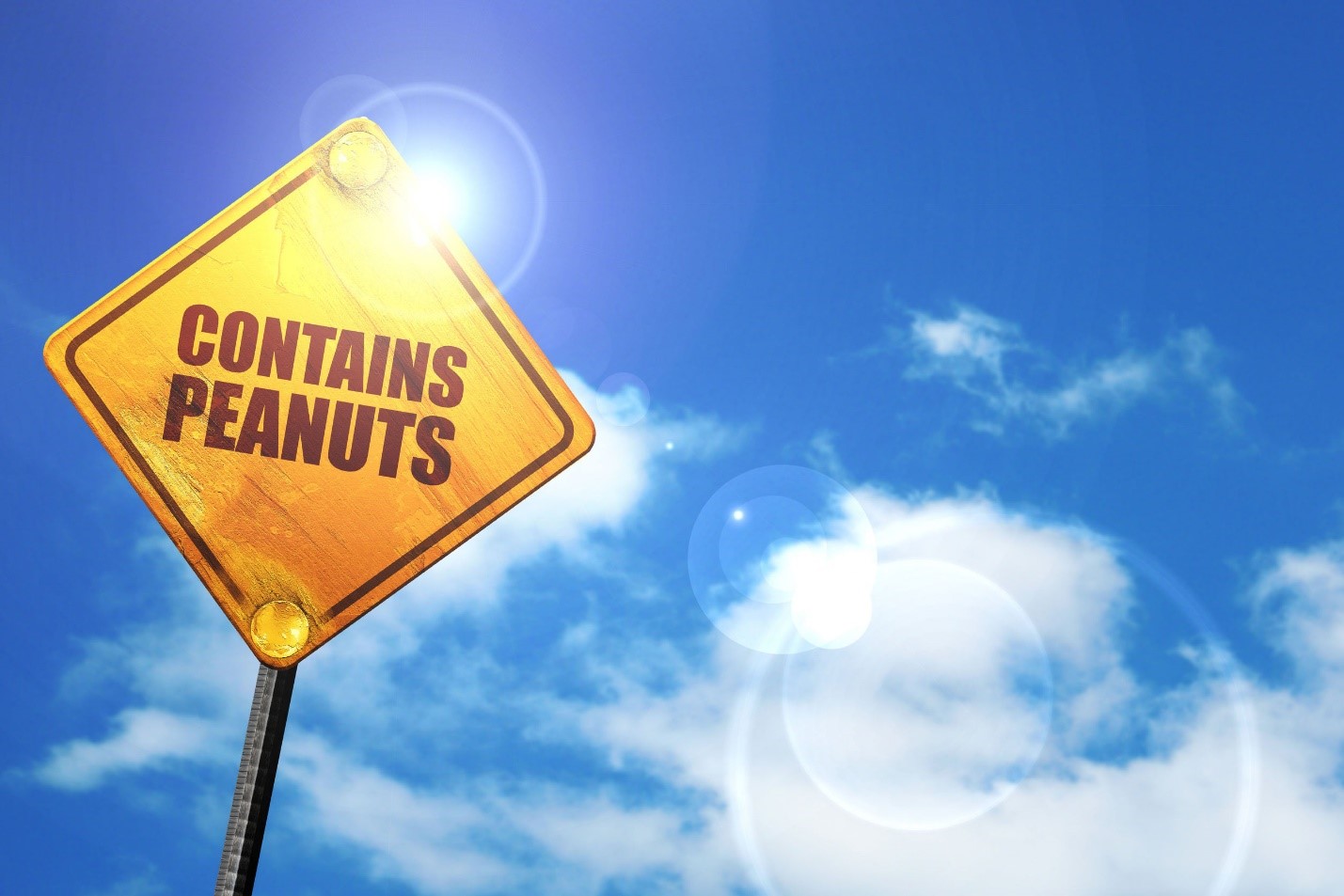It’s hard to believe that Halloween is already upon us. Children of all ages look forward to Halloween all year, and sometimes parents may even join in on the fun. However, Halloween fun also comes with particular hazards that parents need to watch out for to ensure that their kids stay safe.
A lot of people jump immediately to tampered candy when they think of Halloween danger. Your parents no doubt inspected your trick-or-treating loot before you were allowed to dig in, and you likely do the same for your kids. However, studies have shown that candy tampering is very rare, and in fact a 30-year study failed to identify a single loss of life from tampered candy.
The real hazards on Halloween stem from specific activities, costumes, and decorations. Read on to learn how to avoid these common Halloween dangers and keep your kids safe.
Trips and falls
Slips, trips, and falls are very common on Halloween, and can result in serious injury. What causes them?
Long, trailing costumes can make children fall during trick-or-treating or other Halloween events. It is also very common to wear ill-fitting shoes or high heels with a costume, which can increase the risk of trips and falls as well. To avoid costume-related trips and falls, make sure that your child’s clothes do not drag on the ground, and that he or she wears proper footwear.
If you’ll be trick-or-treating after dark, a flashlight can also reduce the risk of tripping over objects in the dark.
To prevent trick-or-treaters or partygoers from tripping and falling on your property, make sure that your walkway is well-lit, and clear away any debris. Also make sure that any decorations are kept clear of your walkway.
Fires and burns
When we think of Halloween, the smell of candles burning inside jack-o-lanterns may come to mind. However, these and other candle decorations present a fire hazard. Kids can also be burned by candles, particularly if wearing a long, flowing costume that catches fire.
To prevent these accidents entirely, use battery-operated candles or glow-sticks instead. If you do use a candle, exercise caution by lighting the candle once it’s inside your jack-o-lantern and keeping it well away from trick-or-treaters and small children.
To keep your kids from sustaining burns from others’ decorations, avoid long, flowing costumes, and make sure that costumes are flame-retardant. Also make sure that kids know how to stop, drop, and roll in the event that their clothes do catch fire.
Pedestrian hazards
Auto accidents are the leading cause of death for kids in the US, and kids are twice as likely to be hit and killed by a car on Halloween than they are on any other day of the year. Unsurprisingly, most of these accidents occur during trick-or-treating.
To keep your kids safe, add reflective tape to costumes and treat baskets and give them flashlights so that they’re more visible to passing cars, and teach them appropriate pedestrian safety practices. It may also be advisable to trick-or-treat in neighborhoods with sidewalks. Because drunk driving is unfortunately very common on Halloween, it’s also wise to head home early in the evening.
Choking hazards
Small, detachable parts on costumes may present choking hazards to very young children, as can many kinds of candy. For toddlers and very young children, be sure to avoid hard candies. Chewy candies such as taffy, gummy candy and caramel can also present choking hazards, so small children should also be closely supervised when eating these candies.
It’s also a good idea to wait until you’ve returned home and checked through all of your kids’ trick-or-treating loot before allowing them to dig in. This can help you identify candies that could be a choking hazard. Moreover, kids are more likely to choke on candy while they’re on the move and distracted by trick-or-treating.
Food allergies
If your child suffers from food allergies, Halloween can be a difficult time, as many well-meaning adults will hand out allergen-containing foods to kids during trick-or-treating or other Halloween events.
If your child has a food allergy, be sure to inspect all trick-or-treating candy before your child indulges. If your child has severe food allergies, you may need to replace trick-or-treating candy with purchased candy, as even eating food that has been in contact with allergens can cause a reaction in severely allergic children.
If your child is allergic and will be attending any Halloween parties or events, make sure that the organizers are aware of his or her allergy, and can provide alternatives to any allergen-containing foods that may be handed out.
Holidays such as Halloween are fun for the whole family, but unfortunately can cause an uptick of child injuries. Following these safety tips can help protect your kids, and make sure that the fun isn’t spoiled.
<






